Hajnówka County
6.94
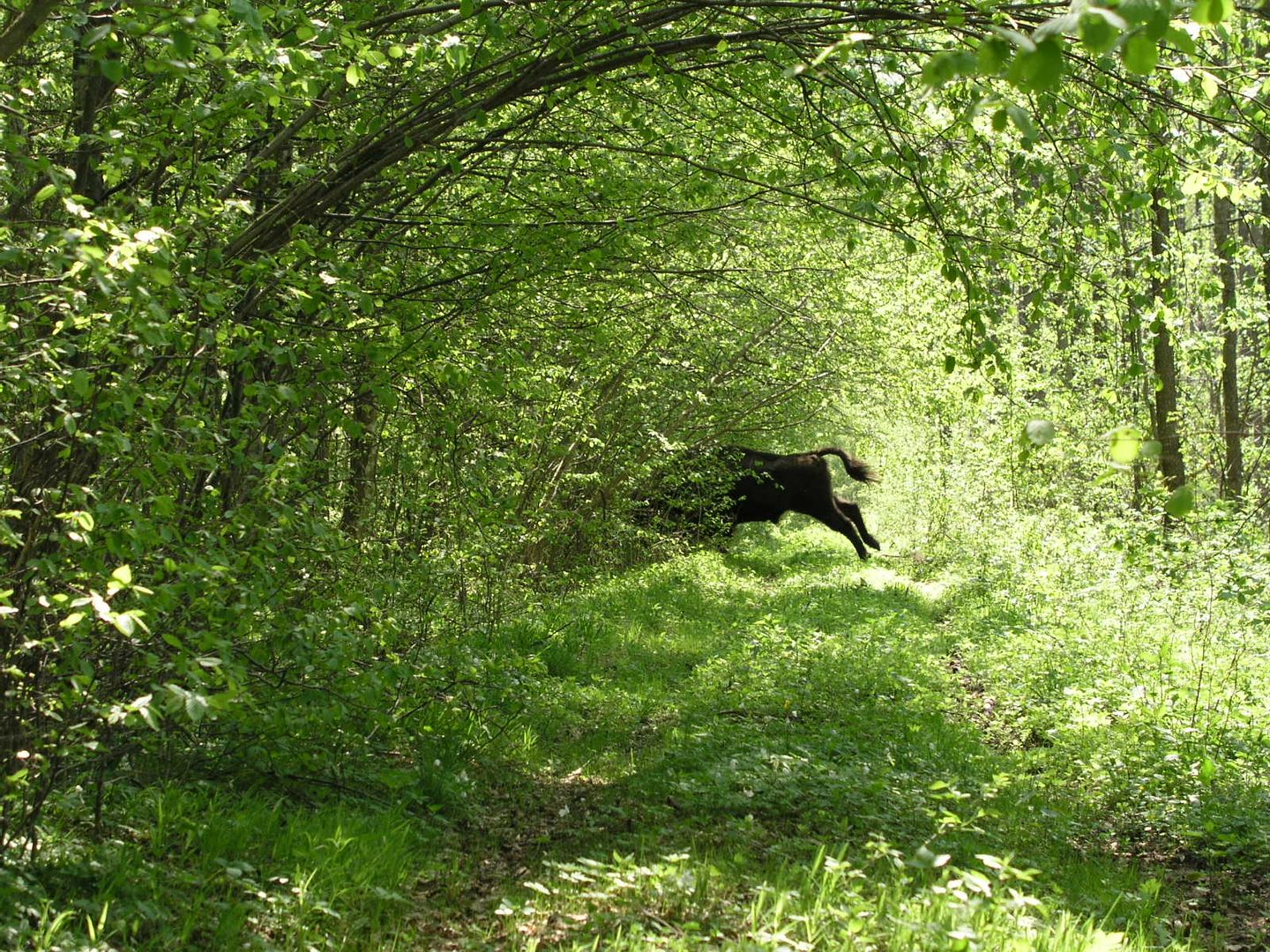
Overview
Hajnowski County is an administrative unit located in the southeastern part of the Podlaskie Voivodeship, established in 1999. Its seat is the town of Hajnówka, which serves as both an urban municipality and the center of local culture. The county includes urban-rural and rural municipalities, as well as a second town—Kleszczele. As of the end of 2022, the population was 39,427, indicating a decline in recent years. The dominant religious group is Orthodox Christianity, practiced by approximately 67% of residents, which translates to 27 parishes, including three in Hajnówka. The second largest religion is Catholicism, with about 25% of adherents.
Hajnowski County is characterized by a diverse ethnic structure, with Poles constituting the majority at around 60.5% of the population. The Belarusian community also has a significant presence, accounting for 39.1% of residents. In addition to Orthodox Christianity, the region is home to Ukrainian, Russian, and Roma minorities. Historically, this area has been shaped by numerous cultural and ethnic influences, reflected in its architecture and local traditions.
Hajnówka and its surroundings are known for the beautiful landscapes of the Białowieża Forest, a UNESCO World Heritage Site. The region hosts various forms of social life, including celebrations of Belarusian culture, the traditions of which remain vibrant in local communities. The area boasts rich artisanal and artistic traditions, evident in local festivals and folk art markets.
The county's international cooperation includes relations with the Krāslava District in Latvia, which may foster cultural and economic exchange between these regions. It is also worth noting that Hajnowski County faces challenges related to unemployment, which stood at 6.5% in September 2019, posing a challenge to the local labor market. Despite these difficulties, the region has much to offer in terms of natural tourist attractions and unique culture, making it an interesting destination for visitors and residents alike.
Location
You can also find here:
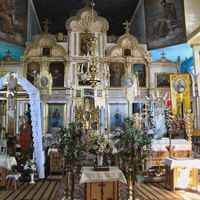
St. Michael the Archangel Church in Trześcianka
7.52
Bielsk Podlaski Deanery

Białowieża Forest
7.43

Narew
7.42
Bielsk Podlaski Deanery

Białowieża Open-Air Museum
7.21
Białowieża
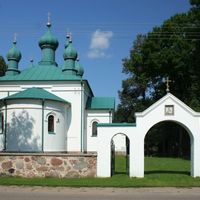
Church of the Ascension of the Lord in Novoberezov
7.16
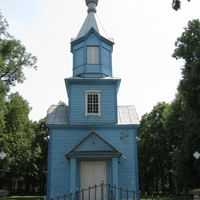
Church of the Exaltation of the Holy Cross in Werstok
7.15
Hajnówka Deanery

Białowieża National Park
7.13
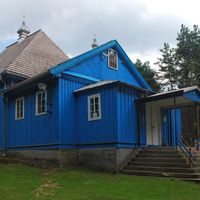
St. Demetrius Church in Saki
7.12
Hajnówka Deanery

Białowieża
7.08
Hajnówka Deanery
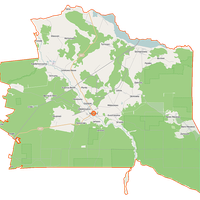
Narewka
7.07
Hajnówka Deanery
2025 Wizytor | All Rights Reserved